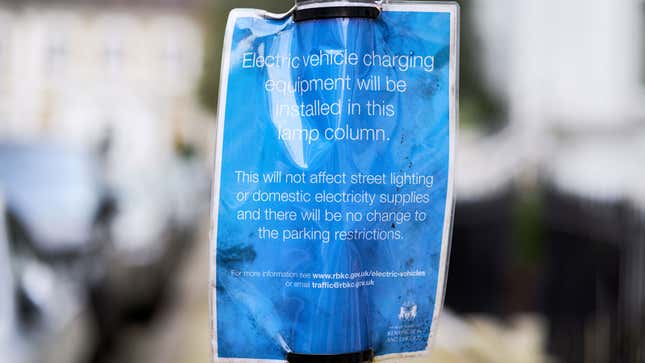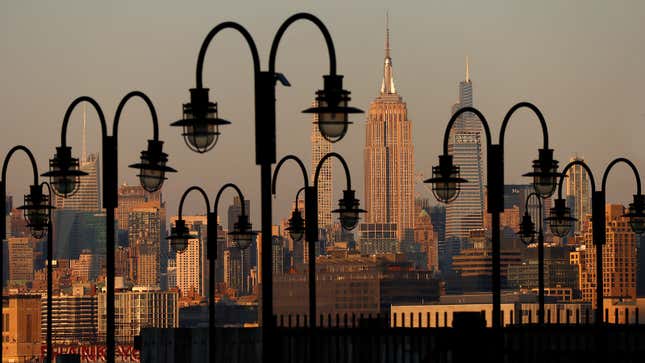Once we crack EV affordability, the next big question about our battery-powered future is going to be where do we recharge? Sure, people lucky enough to own their own home can install a wall charger to keep their car topped up whenever they’re at home, but that isn’t much use for the millions of people that live in rented accommodations or apartment blocks.
For those people, the decision to switch from gas-power to electric rests on the availability of functional charging points around their home and work. Sure, counties and cities across America are working to improve their charging infrastructure with the installation of fast-charge stations in car parks and service areas. But, that’s not where many people leave their cars for most of the time.
A lot of people, instead, park their cars on the streets outside their houses or apartments. In fact, almost 10 percent of car owners in the U.S. street park their cars when they’re at home. For those people, while a 20-minute fast charge at a service station on a long drive is useful, it doesn’t help top up battery levels when you’re just pottering around town or heading to the shops.
For those kinds of drivers, which is most of us for a lot of the time, the best way to ensure a car is topped up is with a home charger. But if you live in an apartment with no access to an external electrical outlet, what can you do? Well, in the UK at least, the solution seems to be turning existing electrical appliances into charging ports.

I had my first experience of this when driving an electric Fiat 500 around the UK last week. The car was great, and you’ll no doubt hear more about that in the coming weeks, but the charging infrastructure was… mixed.
In some areas, charging points were few and far between. There were ports in towns dedicated to taxis, and others in car parks where little was done to stop gas-powered car drivers from parking in the spot. It was annoying.
But, in some places, there are changes taking place to make owning an EV a lot easier. In London, there are hundreds of ports that you might not notice until you park up and plug in. That’s because they are lamp posts that have been fitted with charging outlets by companies like Ubitricity and Char.gy.
One plug I stopped at was operated by Ubitricity, an off-shoot of oil giant Shell. Since 2008, the company has been fitting easily-accessible chargers to streets across the UK and it so far has 7,000 plugs across the country – that’s one for every 108 electric cars currently on the road in the UK.

Chargers like this are easily attached to existing appliances, such as street lights, in a process that Char.gy says takes very little time and has “no requirement to dig up pathways.”
Once installed, it’s easy to charge up as you simply plug in your car, scan a QR code and leave it to work its magic. At some ports, you can even schedule the charge for a time when electricity is cheaper (like late at night).
Obviously, these aren’t the fastest chargers around. With the Fiat 500, I found that a top up from 25 percent to 100 took 10 hours, and another charge from 60 percent to full clocked in at six hours. In contrast, a fast charger on the highway topped me up from 26 percent to 80 percent in just 29 minutes.
But if you’re topping up your battery when you get into work or when you park at a station to commute in, you don’t want to be hopping out and moving your car after half an hour. So at locations like that, a slower charge makes more sense.
What’s more, the chargers are making use of existing infrastructure: street lamps are already prevalent on roads, highways, and city streets. In fact, there are 26 million lamp posts in the U.S., imagine if we could plug EVs into them and top up when we needed.

There’s more than just a practical advantage to sockets like this as well, as a recent report found that lamp post chargers like this are one of the lowest carbon solutions to EV charging. A report from highway watchdog LCRIG found that lamp post chargers are cheaper to instal and have lifetime carbon emissions that are up to eight times lower than other charging options.
So, when will the U.S. get its hands on this neat innovation that’s already making waves across Europe?